Electrical Engineering (2nd)
These projects are at the endpoint of a two-semester sequence. They are functionally complete.
E2.01 Dual-Use Wideband Microphone Array
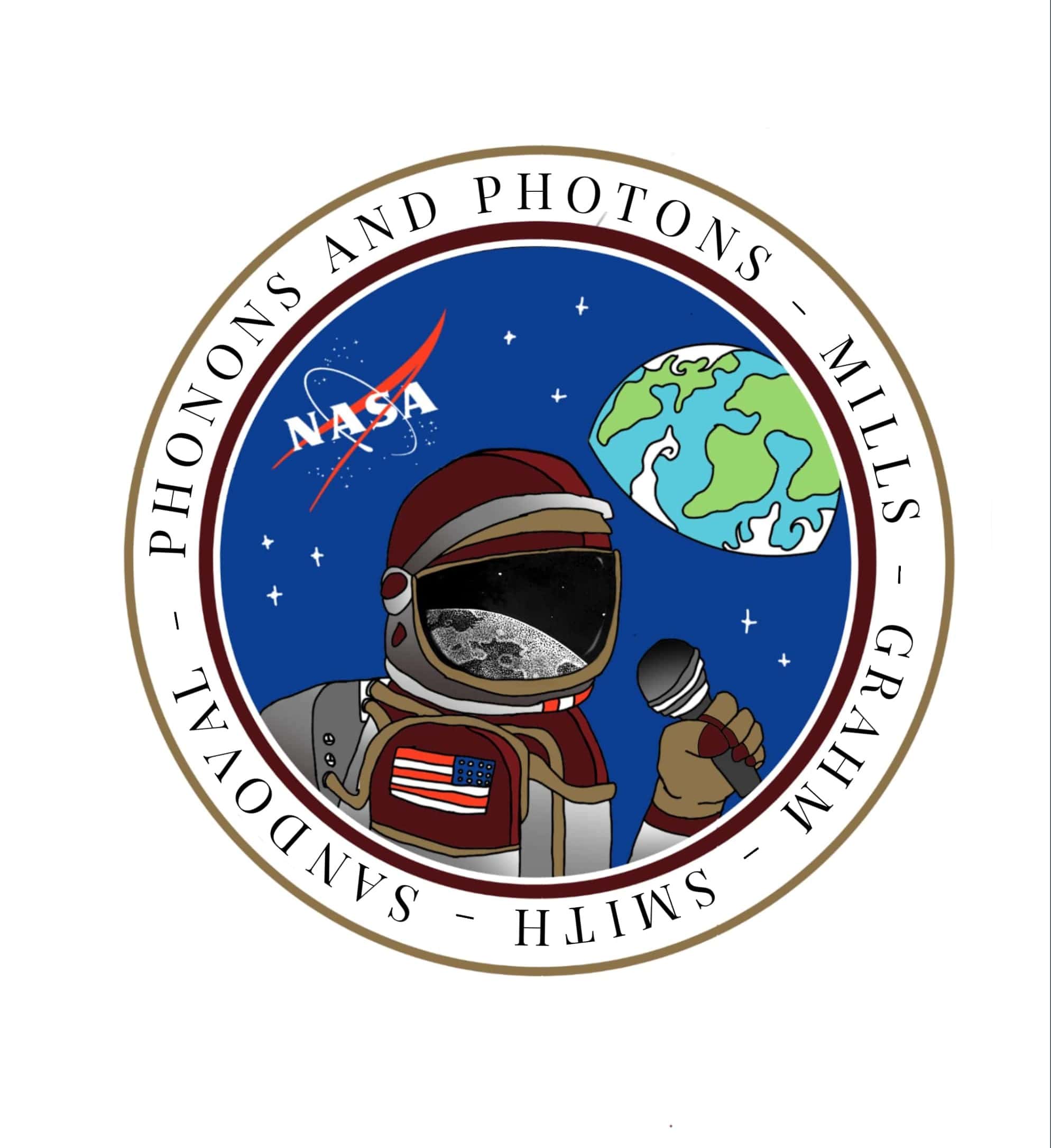
Sponsor: Andy Romero & David Juge, NASA - TSGC
Student Team: Seth Mills, Antonio Grahm, Jerman Sandoval, Evan Smith
Faculty Advisor: Dr. Rich Compeau
Our project is a proof-of-concept, dual-use, wideband microphone array system capable of detecting both speech and ultrasonic frequencies that accompany problems such as an air leak or equipment malfunction. The array will consist of MEMS (micro-electromechanical system) microphones that, upon detection of speech, will transmit the signal to an external headset. When the system detects an ultrasonic frequency, communications will be silenced and the personnel will be alerted to the potential issue through audible and visual cues. Further than that, the system will also be able to pinpoint and display the location of the ultrasonic frequency through machine learning algorithms
E2.02 OrangeBreaker
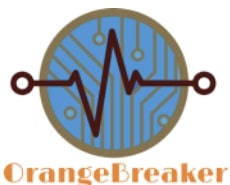
Sponsor: Ingram School of Engineering
Student Team: Kendel Eckhart, Eduardo Camara-Hidalgo, Zach Parker, Logan Ridge
Faculty Advisor: Dr. Rich Compeau
Guitar players often use stomp box effects pedals to shape their tone. Our two-in-one stomp box effect pedal combines the circuits based on the iconic Marshall Bluesbreaker and Dan Armstrong Orange Squeezer Compressor into a single package. The Bluesbreaker is an op-amp based distortion effect while the Orange Squeezer is a transistor-based limiter effect. The Bluesbreaker external controls affect the output gain, tone, and volume of the signal while the Orange Squeezer allows for the control of the output volume of the signal. Our design will allow users to select whether both effects are on, if one effect is bypassed, or if both effects are bypassed.
E2.03 Stompbox Effects Pedal "Orange Sunshine"

Sponsor: Ingram School of Engineering
Student Team: Andreas Sims, Bennett McRae, and Rex Davis
Faculty Advisor: Dr. Rich Compeau
Our product is a “stompbox” guitar effect pedal which will combine the compression effect of the Dan Armstrong Orange Squeezer and the distortion effect of the DOD Overdrive Preamp 250 into a single enclosure. Each effect will be consolidated into a PCB. The pedal will not only feature the convenience of a single enclosure but will allow true bypass on-off control of each effect, along with controls for adjusting volume, effect level, etc., all powered by either a 9V battery or a plug-in AC adapter. The pedal will also include a switch to change the cascade order of the two effects.
E2.04 Fire-Bot
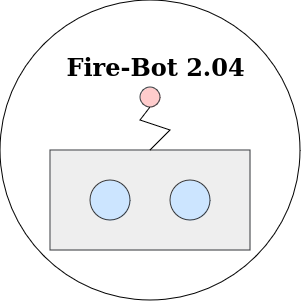
Sponsor: Translational Health Research Center
Student Team: Erich Ellsworth, Jaxon Castillo, Aidan McSpadden
Faculty Advisor: Dr. Damian Valles
This project supports existing firefighting research by implementing upgrades to a firefighting robot. The upgrades include a long-range radio system for telemetry, 3D LIDAR for enhanced obstacle detection, and a direction aware scream detection system. These upgraded systems will improve Fire-Bot’s ability to navigate dangerous environments, aiding firefighters in critical situations.
E2.05 Flextivity

Sponsor: Ingram School of Engineering
Student Team: Sarah Gonzales, Chris Martinez, Megan West, Rick White
Faculty Advisor: Dr. Maggie Chen
Research in flexible electronics enables development of technology that is more adaptable for future innovations. Our project is a cyclic bending apparatus that bends conductive materials printed on flexible substrates. It will bend the sample in a tension or compression manner, measure the resistance of the sample, and output the calculated real time resistivity. This will allow for characterization of mechanical and electrical properties of flexible electronic materials.
E2.06 Field Mill

Sponsor: Ingram School of Engineering
Student Team: Jeffrey Kaczmarek, Ryan Haugstad, Cale Floyd
Faculty Advisor: Mr. Jeffrey Stevens
Our project will measure the atmospheric electrostatic field and convert it into an AC signal. The signal will be demodulated and then output to our web server. The Field Mill will be battery operated, weather resistant, and fully wireless.
E2.07 Eggsplorer
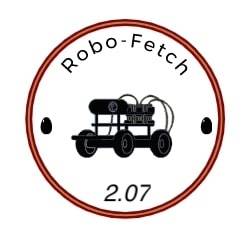
Sponsor: Ingram School of Engineering
Student Team: Christian Perez, Jodie Barnes, Bryce Perryman, Nick Soto
Faculty Advisor: Mr. Jeffrey Stevens
Our project, the Eggsplorer, is an autonomous robotic car that has the capability to locate, distinguish, grab, and return certain colored eggs within a playing field. The robot utilizes various sensors to ensure that the correct eggs have been selected, properly picked up, and that the car does not leave the playing area. While achieving all of these features, the final Bill of Materials beyond the provided chassis and gripper cannot exceed $40.
E2.08 Humpty Dumpties White Knights

Sponsor: Ingram School of Engineering
Student Team: Weston Dilling, Riley Duncan, Mohamad Chikhani
Faculty Advisor: Dr. Liam Quinn
We've built a robot that can autonomously locate and retrieve different colored eggs in an arena. It uses a camera and various sensors to observe its surroundings. The act of automating processes is very important to the future of engineering and we're all obtaining great experience from this project.
E2.09 The Eggquisitors

Sponsor: Ingram School of Engineering
Student Team: Artemeo Reyes, David Sharp, Cristian Gutierrez
Faculty Advisor: Mr. Jeffrey Stevens
Our Bot identifies egg color and location using camera data. While simultaneously using sensor data the microcontroller navigates the field, staying within the boundaries. It retrieves the desired egg using a gripper and returns it to the starting location.
E2.10 Eggstraction Bot
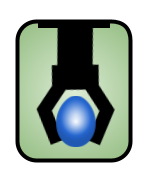
Sponsor: Ingram School of Engineering
Student Team: Hunter Chopskie, Jake Helpinstill, Carson Holland, Aaron Luna
Faculty Advisor: Mr. Jeffrey Stevens
Our product is an autonomous robot car that is tasked with locating and transporting plastic eggs. A user will select a desired color egg, and the robot will fetch the correct color, transporting it to its destination. The robot will navigate the playing field, using a camera module, an array of sensors, a gripper attachment, and communication between two processors to accomplish its task.